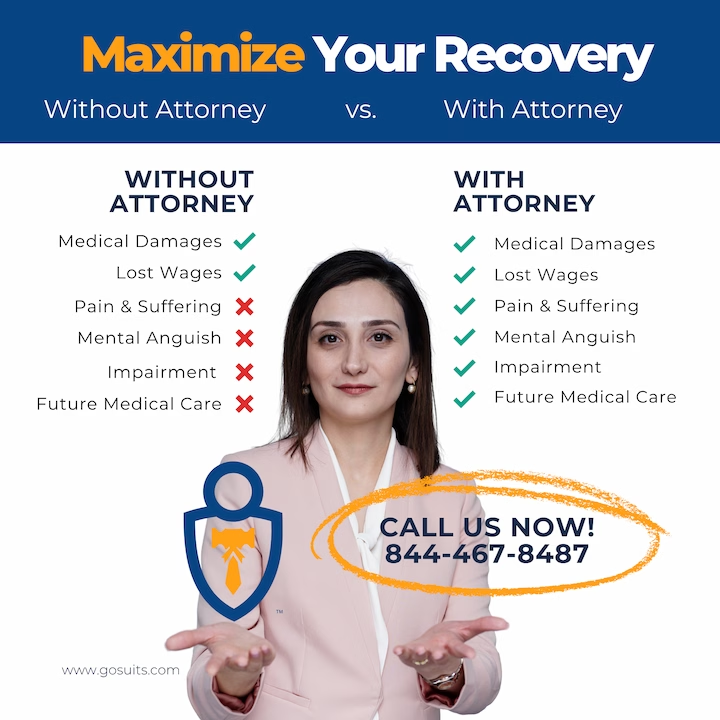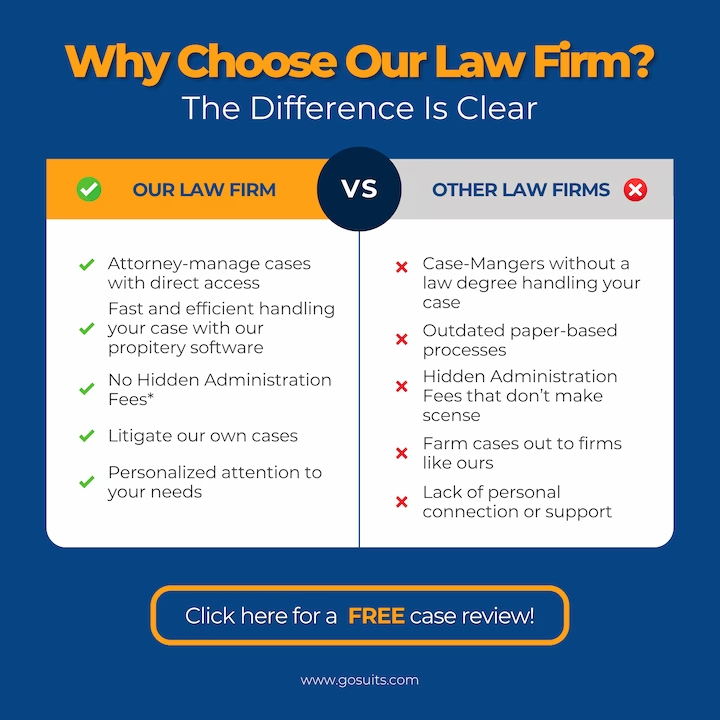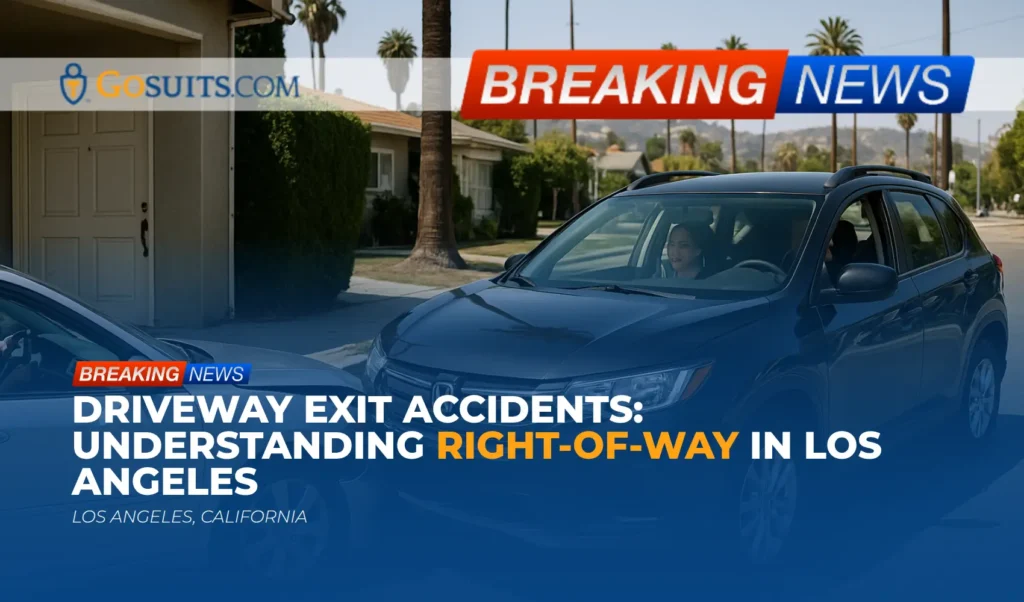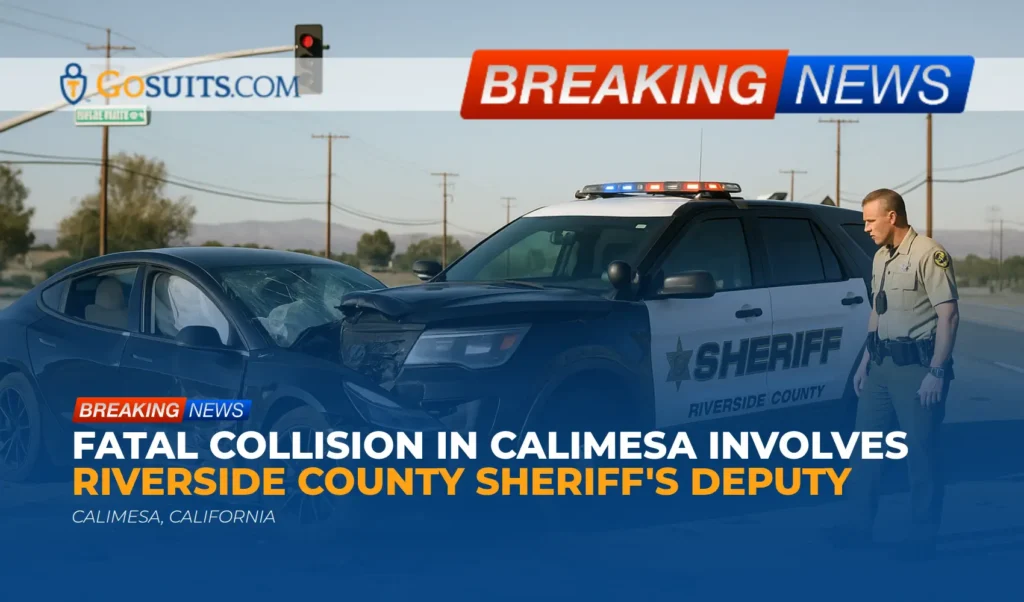Accidents involving vehicles exiting driveways can be particularly jarring. They often happen unexpectedly, leaving those involved shaken and uncertain about who is at fault and what steps to take next. Understanding right-of-way laws in these scenarios is crucial for determining liability and ensuring fair compensation for any damages or injuries.
Right-of-Way Basics
In general, right-of-way laws dictate who has the legal authority to proceed in a given traffic situation. When a vehicle is exiting a driveway, it is entering the flow of traffic from a non-traffic lane. This means the driver exiting the driveway has a greater responsibility to ensure the roadway is clear before proceeding.
Vehicle Exiting a Driveway: Who Has the Right-of-Way?
According to established traffic laws, a vehicle exiting a driveway does not have the right-of-way. Vehicles traveling on the road have the right-of-way. The driver exiting the driveway must yield to all approaching traffic, including cars, motorcycles, bicycles, and pedestrians. This means waiting until there is a sufficient gap in traffic to safely enter the roadway without causing any disruption or hazard.
The burden is on the driver exiting the driveway to:
- Assess the speed and distance of approaching vehicles
- Ensure no pedestrians or cyclists are in the immediate vicinity
- Enter the roadway only when it is safe to do so
Factors Influencing Liability
While the general rule is clear, specific circumstances can influence the determination of liability in a driveway exit accident. These factors may include:
- Visibility: Obstructions like overgrown bushes, parked cars, or poor lighting can limit visibility for both the driver exiting the driveway and approaching vehicles.
- Speed: If an approaching vehicle is traveling at an excessive speed, it may be more difficult for the driver exiting the driveway to accurately judge the closing distance.
- Driver Actions: Actions such as distracted driving (texting, eating, etc.) or driving under the influence can contribute to an accident and affect liability.
- Traffic Signals or Signs: The presence of traffic signals or signs near the driveway can further clarify right-of-way and influence liability.
Passenger Safety and Responsibility
The role of passengers in vehicle safety should not be overlooked. While not directly related to right-of-way, risky behavior like putting feet on the dashboard or out the window can lead to severe injuries in the event of a collision. Airbags deploy with significant force, and improper positioning can amplify the risk of trauma. Passengers should always adhere to safe riding practices, including wearing seatbelts and maintaining appropriate posture.

Rear-End Collisions: A Different Scenario
In rear-end collisions, the general rule is that the driver who rear-ends another vehicle is presumed to be at fault. These accidents often occur because the following driver was not maintaining a safe following distance, was distracted, or was driving too fast for the conditions. Understanding fault and liability is essential when dealing with the aftermath.
Injuries on Someone Else’s Property
Construction workers injured while working on someone else’s property may have avenues for compensation through workers’ compensation, premises liability, or third-party claims. Property owners have a duty to maintain a safe environment, and failure to do so can result in liability for any resulting injuries.
Impact of Immigration Status on Injury Claims
Filing a personal injury claim does not affect one’s immigration status. All individuals, regardless of their citizenship or immigration status, have the right to seek compensation for injuries sustained due to another party’s negligence. Similarly, language barriers should not prevent anyone from pursuing their legal rights.
Seeking Legal Guidance
Navigating the complexities of personal injury law can be daunting, especially when dealing with the aftermath of an accident. Seeking guidance from a skilled personal injury attorney can provide clarity and ensure that your rights are protected. An attorney can investigate the circumstances of the accident, gather evidence, negotiate with insurance companies, and, if necessary, represent you in court.

Commentary from Gosuits Los Angeles, California Personal Injury Attorney
Determining liability in accidents involving vehicles exiting driveways can be complex and fact-dependent. While the driver exiting the driveway generally has the responsibility to yield, other factors, such as visibility, speed, and driver actions, can influence the outcome. If you or a loved one has been injured in a similar incident, it is essential to seek legal counsel to understand your rights and explore your options for recovering compensation. Consulting with a personal injury attorney can help you navigate the legal process and ensure that you receive the fair and just compensation you deserve.





